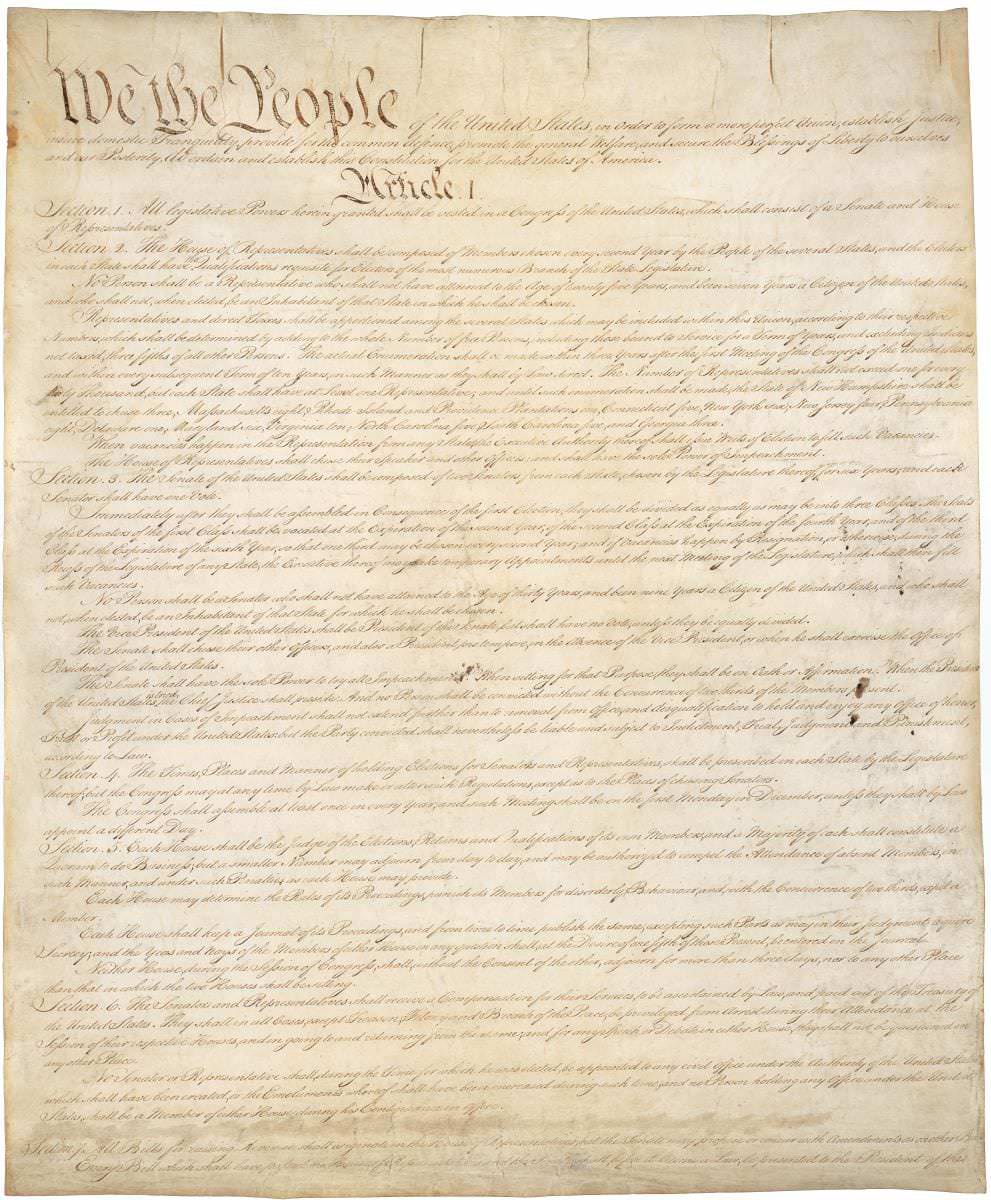Three Compromises

These were the three compromises made by the delegates at the Philadelphia Convention when they were discussing the creation of the U.S. Constitution.
The Great Compromise
The Great Compromise, or Connecticut Compromise, was done when the Virginia and New Jersey plans were combined. The Virginia Plan was for representatives in Congress to be voted based on the population size of the state. The New Jersey plan was for a fixed number of representatives to be voted per state. These were combined in the Great Compromise, which created the Unified Plan, or a Congress made of two houses: the House of Representatives which was formed using the Virginia Plan, and the Senate, formed using the New Jersey Plan.
The Commerce Compromise
The Commerce Compromise was done when the representatives from the northern states wanted a tax on trade with Europe, so people would buy domestic goods. However, the representatives from the South didn't want this tax to be able to continue selling tobacco and cotton to Europe, and they wanted a two-thirds majority rule on commerce bills, so they weren't so easily changed. A compromise was reached that taxed imports from Europe and added the two-thirds majority rule the Southerners wanted.
Three-Fifths Compromise
After making the Great Compromise, representatives from the North wanted slaves to be counted as property, so they could be taxed and so the South would not get too powerful in the House of Representatives. They came to a compromise when slaves would be counted as property, but a slave would also be counted as three-fifths of a person, so they would contribute to the population of the state. Also, the United States would stop importing slaves by 1807.




